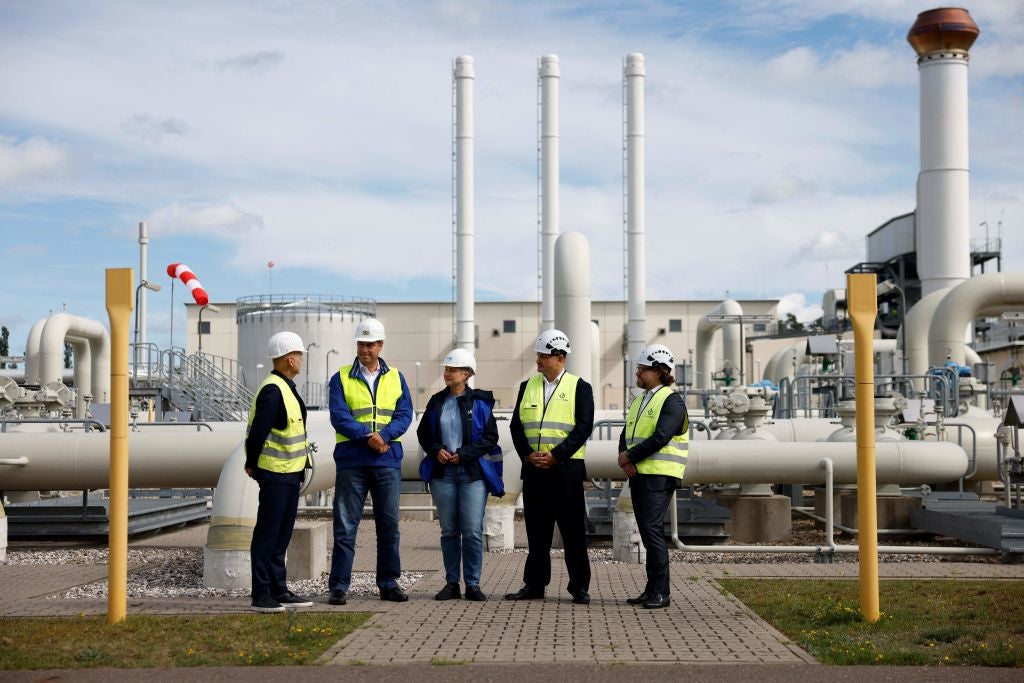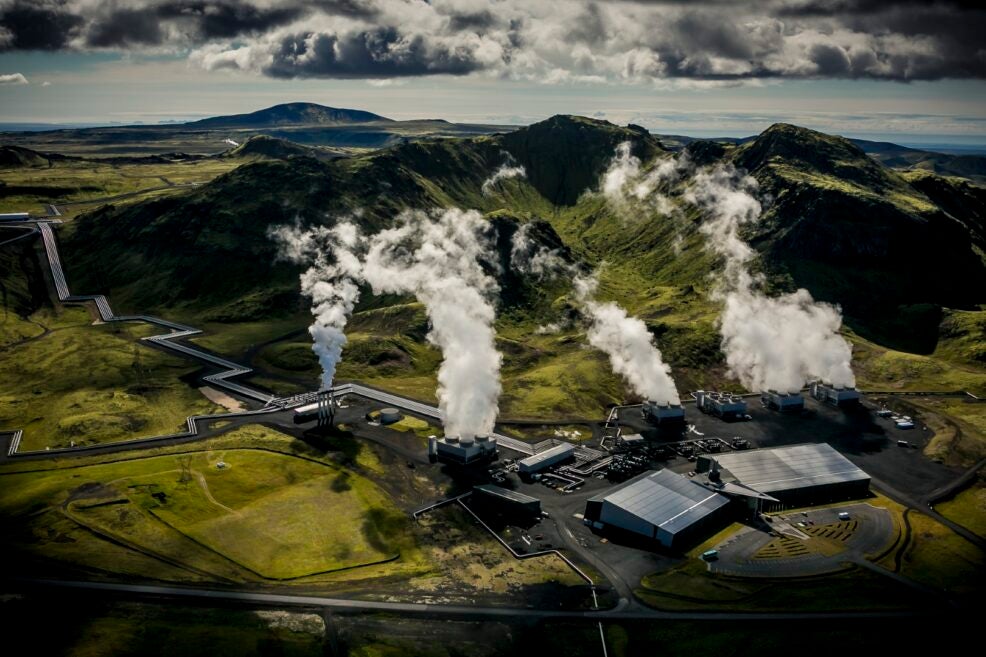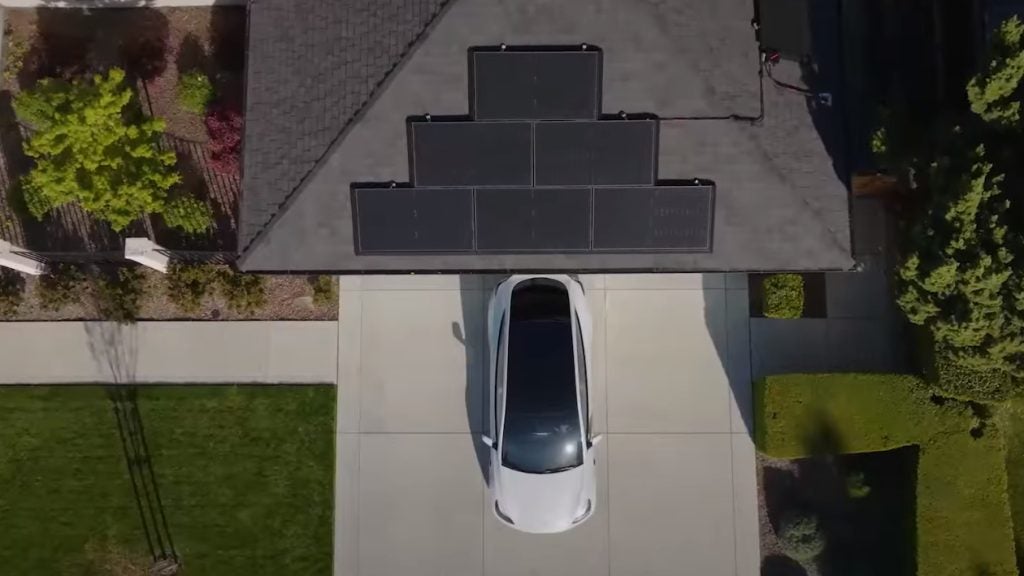European gas demand has fallen to a ten-year low and is down 20% since Russia’s full-scale invasion of Ukraine, according to a new data release from IEEFA.
The decline in gas consumption is the product of “effective energy efficiency and demand management measures” implemented since Russia’s 2022 invasion of Ukraine, says the think tank, which adds that record hot temperatures last year, as well as high gas prices, have contributed to the steep fall in demand.
In 2023, European gas consumption stood at 452 billion cubic metres (bcm), less than the last low in 2014 (472bcm), with Germany (-17.6bcm), Italy (-14.4bcm) and the UK (-14.2bcm) experiencing the sharpest falls in demand.
The think tank forecasts that European LNG demand will slightly increase by 2025 and then decline steadily through 2030.
One side effect of this fall in demand is that LNG exporters could face oversupply and overinvestment in LNG export terminals.
Following Russia’s invasion of Ukraine, the EU sought ways to replace Russian pipeline gas, and landed on increasing LNG imports from the US to meet demand. In 2023, US LNG imports accounted for 46% of total EU imports, compared with just 28% in 2021, according to separate analysis from IEEFA published earlier this year.
LNG trade requires liquefaction export terminals, gasification import terminals and pipelines at either end to get the gas to and from where it's needed. The US has plans to massively increase its total number of LNG export terminals, which require three-to-five years to build after a final investment decision has been reached.
However, while the volumes of US LNG imports into the EU “more than doubled from 2021 to 2022… this trend didn’t continue, and the increase was just 13% from 2022 to 2023”, Ana Maria Jaller-Makarewicz, IEEFA’s lead energy analyst for Europe, tells Energy Monitor. According to the think tank, the value of US LNG exports to Europe fell from €48.34bn ($52.42bn) in 2022 to €26.81bn in 2023.
With the majority of US LNG export terminals still in the pipeline and EU demand for LNG falling, the US risks overinvestment, warns IEEFA. Taking into account LNG terminals that are currently under construction (but not proposed terminals), 2030 US export capacity is expected to reach around 173 million tonnes per annum (mtpa), equivalent to 238bcm.
This figure is 76% higher than IEEFA’s forecasted European LNG demand of 98mtpa (around 135bcm) by 2030, the think tank notes. IEEFA argues that “once again, European energy security has been used to justify the construction of both LNG export and import terminals”, many of which were “considered emergency measures to supply gas to a Europe faced with an energy crisis as Russian gas supplies declined”. Yet “thanks to Europe’s quick response, the crisis so far has been controlled”.
As such, the think tank argues that “now is the time to reevaluate the proposed LNG projects to reduce the risk of overinvestment”.
On the flip side – as Energy Monitor reported in April 2022, shortly after Russia’s invasion of Ukraine – the “mad dash for LNG” as a solution to Europe’s dependence on Russian gas risks locking natural gas into the EU energy system for decades, running the risk of stranded assets.
US LNG pause unlikely to impact EU energy security
At the end of January, US President Joe Biden announced he was pausing export permits for LNG, in what campaigners called a “historic win for climate”. However, some have warned that this pause threatens Europe’s energy security as the rise in US exports to Europe was an “essential element” of the continent’s shift away from Russian gas.
IEEFA’s Jaller-Makarewiczmari disagrees with this assessment, telling Energy Monitor: “We don’t think [the pause] will affect the EU’s energy security” given that the EU’s LNG demand is expected to peak in 2025 “and decrease thereafter”, referring to the figures in IEEFA’s report. President Biden has added that the new policy should not affect the ability of the US to support its European allies with gas exports.
Separately, another risk to the EU’s energy security is the termination of the five-year transit agreement for Russian gas through Ukraine. The deal will expire at the end of this year; Ukraine’s decision not to renew it means the EU could lose around 5% of total gas imports.
While further import reductions from Russia are likely to deepen dependency on LNG imports from countries like the US, IEEFA believes that the projected reduction in consumption (plus the EU's increasing diversification of LNG sources) will mitigate the risks that terminating this deal pose to the bloc's energy security.















